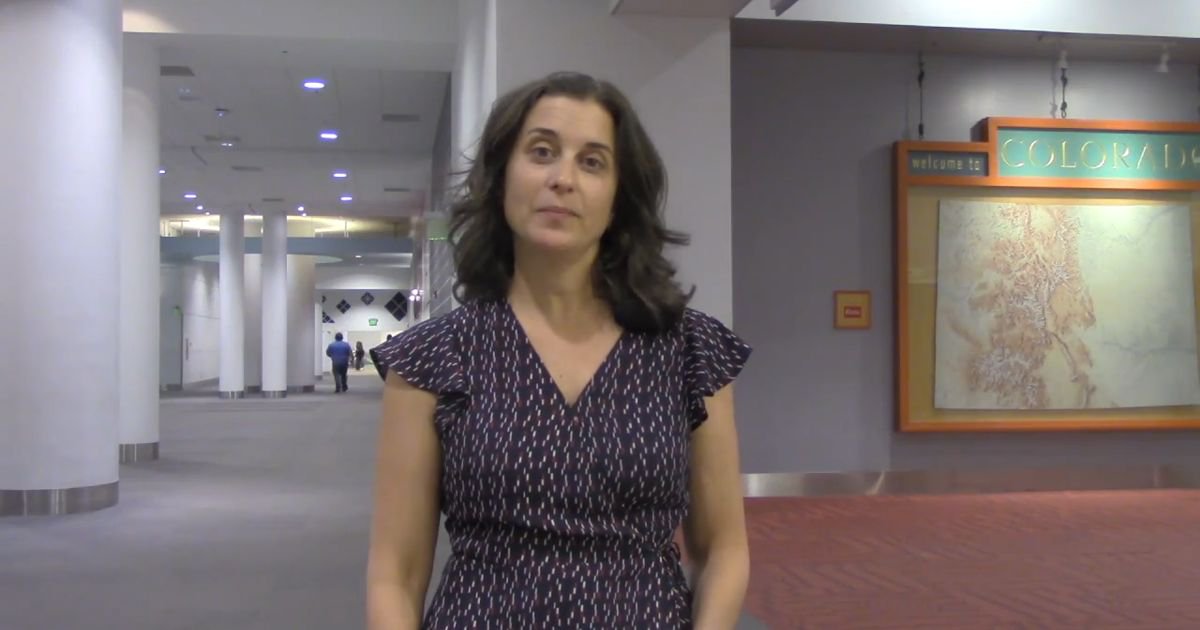October 10, 2025
3 min read
Key takeaways:
- SightGlass DOT slowed myopia to near emmetropic levels over 2 years in a real-world Canadian population.
- An 18-month study in China showed no clinical meaningful progression among 57% of wearers.
BOSTON — A real-world Canadian study of Diffusion Optics Technology lenses by SightGlass Vision showed that they slowed myopia progression to near emmetropic levels among children aged 6 to 10 years, according to data presented here.
“In Canada, we have an arsenal of tools for combating myopia, such as [orthokeratology], soft contact lenses, myopic defocus lenses and DOT lenses,” Kylvin Ho, OD, FIAOMC, of CU Vision Optometrists, told Healio at the Academy 2025 meeting. “In this study we want to see how our patients who have worn at least 2 years of this particular DOT lens compare to some baseline research data.”

A real-world Canadian study of Diffusion Optics Technology lenses by SightGlass Vision showed that they slowed myopia progression to near emmetropic levels among children aged 6 to 10 years. Image: Adobe Stock
Ho and colleagues retrospectively analyzed clinical records from 47 children with myopia who wore DOT spectacle lenses, 23 of whom were aged between 6 and 10 years and 24 of whom were aged between 8 and 10 years. The researchers analyzed changes in axial length and spherical equivalent refraction over about 2 years of follow-up. They also compared these changes to baseline data previously published in two studies on ocular growth in children with different levels of refractive error.
According to the results, the younger age group had 0.20 mm axial elongation, on average, in year 1 and 0.47 mm in year 2, while the older age group’s axial length increased, on average, 0.08 mm in year 1 and 0.26 mm in year 2. Compared with the published baseline data, these findings were consistently closer to those observed in children with emmetropia than those with myopia.
“Overall, in combining the 6- to 10-year-olds, the whole entire 47 kids, the average growth in axial length is actually just a little bit higher than emmetropic and much lower than the … axial length of myopes that [were] in the two studies,” Ho said.
At 2 years, there was stable refraction of 0.50 D or less among 65% of the younger age group and 67% of the older age group.
“Clinic-wise, we do believe that this lens worked well and on par with any other myopic control modality that we have been using,” Ho said. “Because there’s not a lot of studies or data on myopic control in the 6- to 7-year-old age group, we particularly stratified our clientele into two different age groups to show is there still similar effect of the myopic control glasses on the kids.”
While DOT lenses are not yet approved in the U.S., Ho said he thinks myopia control lenses “will be a game changer.”
“A lot of myopic control modalities right now involve contact lens, ortho-K, eye drops, all of which involves some sort of involvement in the actual eyeball, whereas myopia control glasses, it’s perfectly safe, such that it doesn’t increase any chance of infection, inflammation or any kind of abrasion,” he said. “It’s easy to fit, it’s readily available, it’s not very costly, so I think it is definitely [a good first step] for those who are dipping their toes into myopia management.”
Other data presented at Academy 2025 involving 172 Chinese children showed the effectiveness of DOT lenses vs. placebo over 18 months.
At 18 months, the 128 children wearing DOT had an estimated 0.34 mm lower axial elongation and 0.69 D lower cycloplegic spherical equivalent refraction progression compared with placebo. There was no clinically meaningful progression among 57% of those wearing DOT vs. 15% with control.
The findings build on data already collected in North America and show the lenses “perform as we expected, if not better, in a Chinese population,” lead author Jennifer S. Hill, NCLEC, associate director of clinical affairs at SightGlass Vision, told Healio.
“Our 24 month data is almost all in, so we’ll be presenting that soon,” Hill said.
For more information:
Jennifer S. Hill, NCLEC, can be reached at jhill@sightglassvision.com. Kylvin Ho, OD, FIAOMC, can be reached at drkylvinho@cuoptometry.ca.









